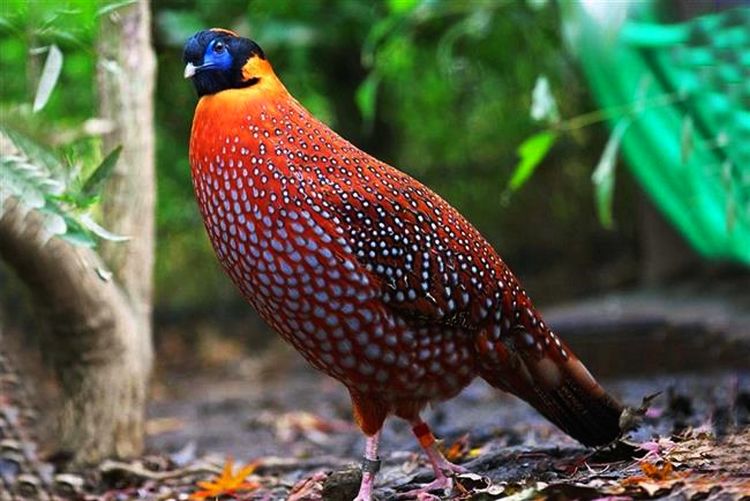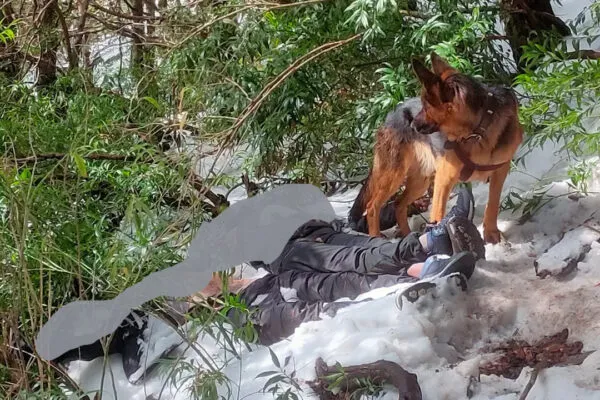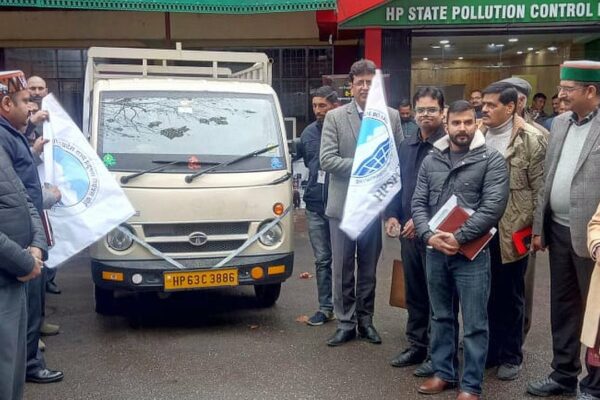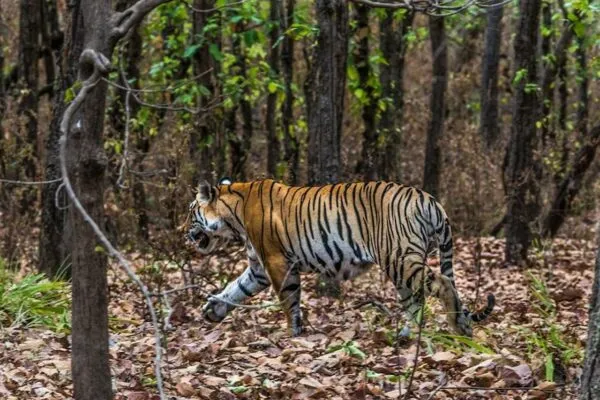Himachal Pradesh is home to 45 percent of total bird species in India

Western Tragopan / Image: Punjab Tribune
According to the Great Backyard Bird Count (GGBC) 2017, northern state of Himachal Pradesh has maximum number of bird species in the country.
As per GGBC 2017 and eBird (website that records and maintains global birding data), Himachal Pradesh is home to as many as 564 bird species – which amounts to nearly 45 percent of the total bird species in India.
India has a total of 1,263 different bird species of which 564 are reported in Himachal.
Data for Great Backyard Bird Count (GGBC) 2017 in the state was contributed by 50 bird watchers of Himachal (including participants from the state Forest Department). The event was conducted from 17th to 20th February.
GGBC is one of its kind online citizen-science project designed to collect data related to all wild birds and display it in real time. It was launched by the Cornell Lab of Ornithology and the National Audubon Society in US in 1998. The idea behind inception of GGBC was simple, as explained – to source bird data.
The data collected by GGBC annually, helps birders and scientists unravel the questions on bird population and its distribution in the country.
S K Sharma, Himachal’s Principal Chief Conservator of Forest (Wildlife) informs a total of 2,833 bird checklists from all districts of Himachal Pradesh have been updated on eBird since 2013 (when Himachal Forest Department began participating in GGBC).
During the GBBC-2017, 564 species of birds were reported from across 8 districts of Himachal (with highest spotted in Kangra district).
Principal CCF (wildlife) S K Sharma said, a total of 16,000 birds were counted in the state and about 83 bird checklists were uploaded to eBird website for information. A detailed paper on various bird species reported during the GGBC 2017 will be compiled and published soon, he said.
Himachal’s Wildlife Wing will continue to carry out similar bird spotting exercises in the future to better understand bird populations and the distribution in the state, Sharma added.


